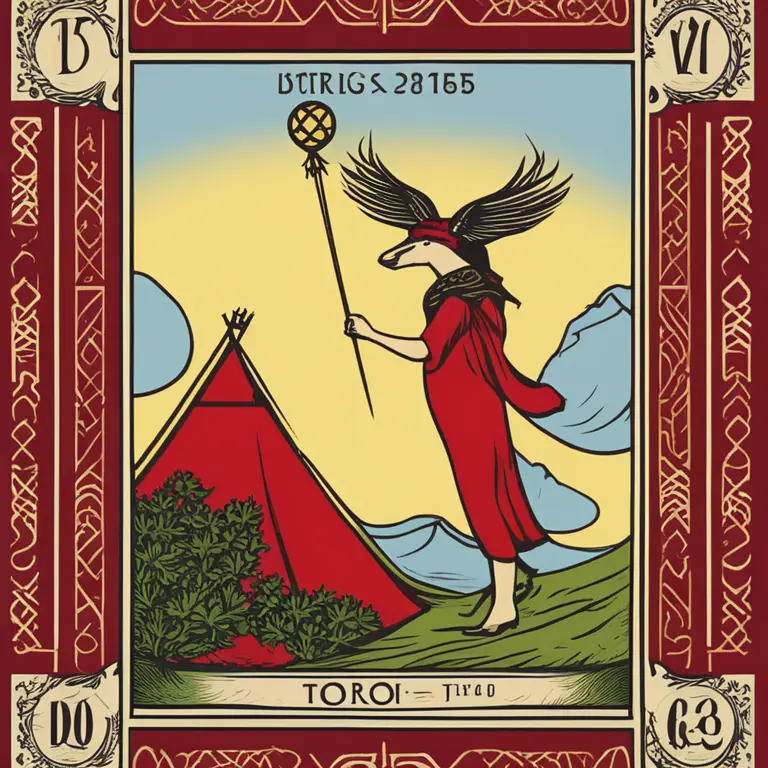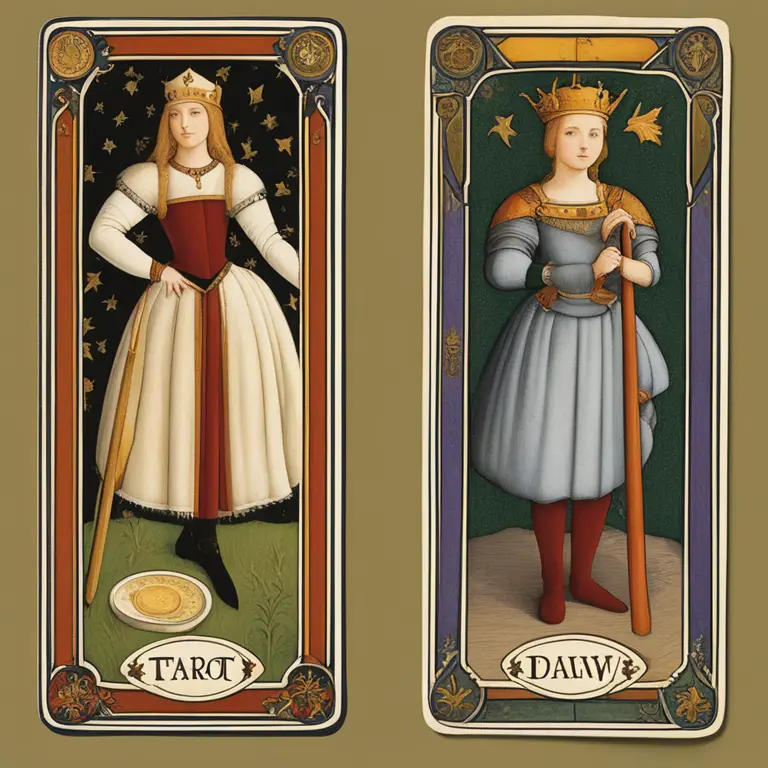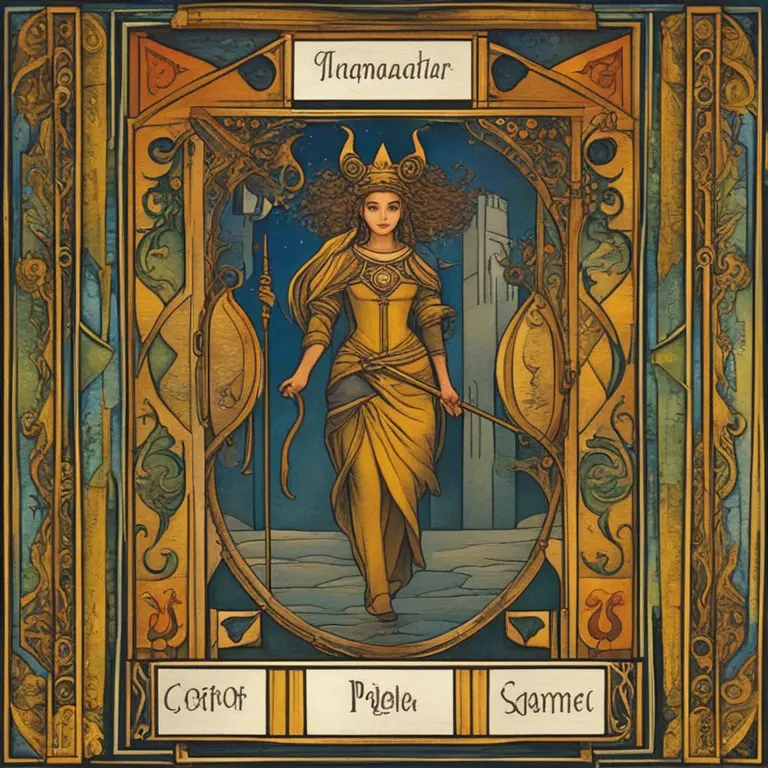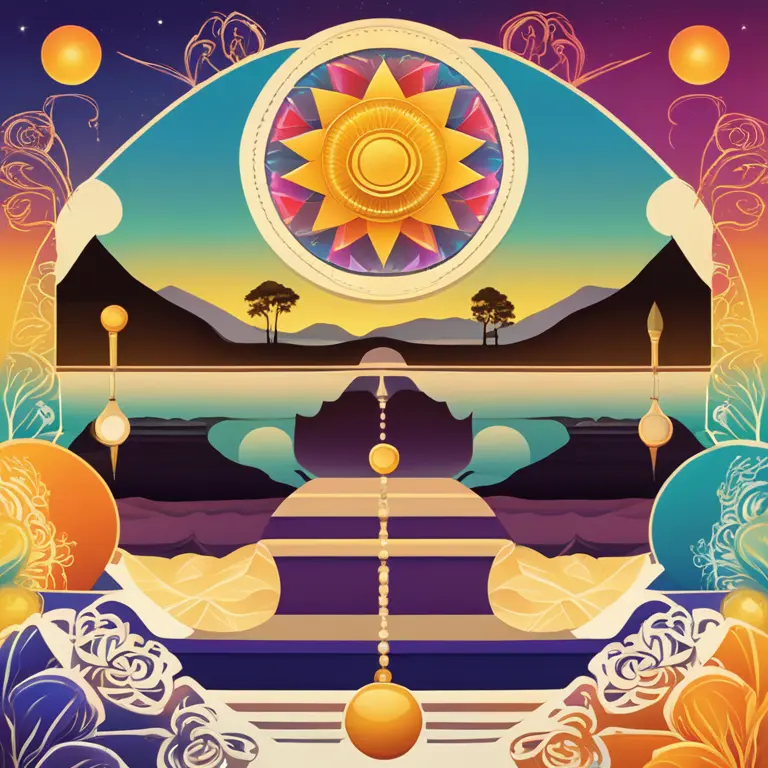
Early Beginnings of Tarot Cards
The journey of tarot cards likely begins in the mid-15th century, originating as a set of illustrated playing cards in Europe, particularly Italy. These decks, initially known as "tarocchi" cards, were not designed for mysticism but rather for games such as tarocchini. Unlike the deck of 52 playing cards we are familiar with today, these early tarot decks featured an additional suit of picture cards. These illustrations, often depicting individuals of varying social statuses, allegorical objects, and other medieval symbolic imagery, were the precursors to the Major and Minor Arcana found in contemporary decks.

Transition to Mystical Tool
Throughout the centuries, the purpose of tarot cards transformed. By the 18th century, they took on a mystical character when European occultists proposed that the cards held deeper symbolic meanings and connections to ancient wisdom, allegedly stemming from places like Egypt and Israel. This period marked the transition from tarot as game-playing cards to tools of divination. The interpretations of the cards became rooted in astrology, Kabbalah, and alchemy, positing a divine or esoteric knowledge encoded within the images.

Standardization and Spread of Tarot
The late 19th and early 20th centuries saw a standardization of the tarot with the Rider-Waite-Smith deck, conceived by Arthur Edward Waite and illustrated by Pamela Colman Smith. Its vivid and detailed imagery made the occult meanings more accessible, leading to increased popularity in English-speaking countries. This deck established many conventions that have informed the design of countless tarot decks since. Then, in the 1970s, tarot experienced another surge in mainstream popularity due to its association with the counterculture movements and New Age spirituality.

Today's Tarot Landscape
The current landscape of tarot is diverse, with many practitioners using the cards for personal insight, spiritual growth, and even therapeutic purposes, such as Jungian psychoanalysis. The proliferation of digital resources and online communities has made learning about tarot more accessible than ever before. As we move beyond 2024, the tarot continues to be a dynamic tool, with artists and visionaries creating an ever-expanding array of decks that reflect contemporary aesthetics, ideologies, and identities.

Contemporary Significance
While historical purists might argue that modern interpretations of tarot are far removed from their origins, many believe that the enduring appeal of tarot lies in its adaptability. Tarot has maintained relevance by evolving alongside cultural trends and personal belief systems. In an age that values self-reflection and mindfulness, tarot provides a unique medium for introspection. It challenges practitioners to consider their circumstances and their potential futures through a symbolic and contemplative lens.
Conclusion: Tarot's Evolving Journey
In sum, the roots of tarot are as intertwined and intricate as the patterns found on the cards themselves. From Renaissance parlor games to mystical tools for divination, tarot cards have captivated human imagination for centuries. As we continue to explore their meanings and use them as a mirror to our souls, tarot cards promise to be an ever-evolving canvas of human consciousness, reflecting our collective desires to understand the mysteries of life and the intricacies of our destinies.
Published: 2/8/2024
Modified: 2/8/2024
More predictions
Come back here soon to learn more about yourself and your future


Zodiac Heart Compass: Find Your Emotional Direction
Delve into the secrets of the zodiac to discover how astrological signs guide the emotions and relationships of their bearers.


Today's Zodiac Forecast: Cosmic Insights
Delve into your daily zodiac horoscope for fresh celestial guidance and astrological outlook tailored for your star sign.


The Cancer Zodiac Profile: Insights & Characteristics
Discover the deep emotional world of Cancer, the fourth sign in the zodiac, revealing their traits, compatibility, and future prospects for 2024 and beyond.